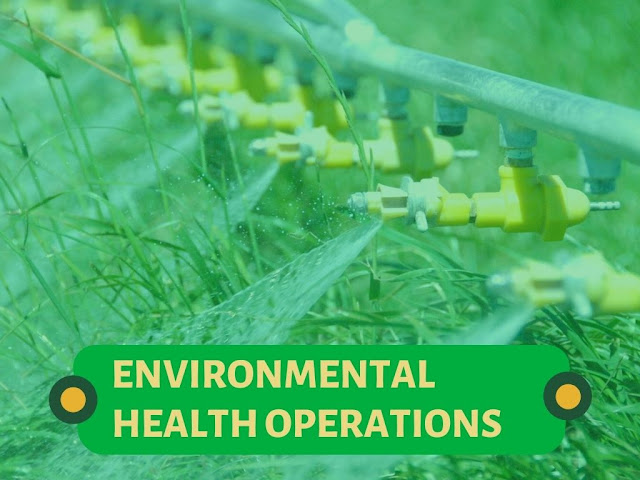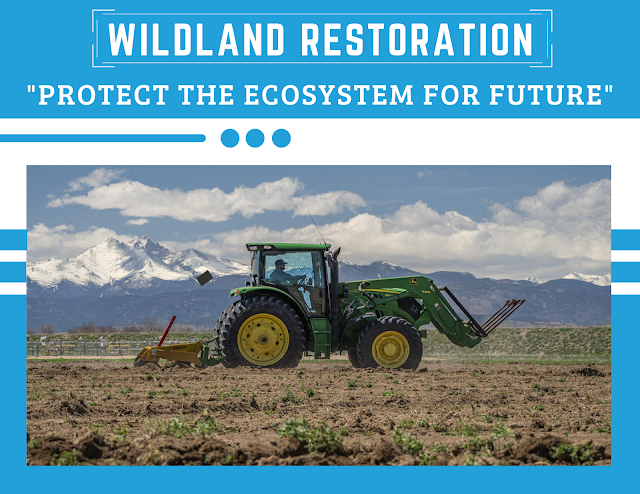Explain How Professionals Efficiently Handle New Construction Works

Technicians in the oil and gas industry efficiently handle new construction works by following strict standards. New construction in the oil and gas industry typically involves flow lines, sales lines, battery builds, and compressor stations. Flowlines are pipelines tied to a specific well. The sales pipeline delivers well production to an intermediate or terminal location. Battery builds are construction of a group of connected tanks that collect crude oil production from a well. Compressor stations are placed at intervals along a pipeline to house compressor units. Construction companies for oil and gas facilities must be given a clear vision of a new construction project and work to set goals, priorities and general parameters. A well-defined initial design is imperative in order to define the budget and construction timeline. The construction contractor chosen for the job needs to be experienced and reliable, with a proven record of quality work. Professionals working to hire...

